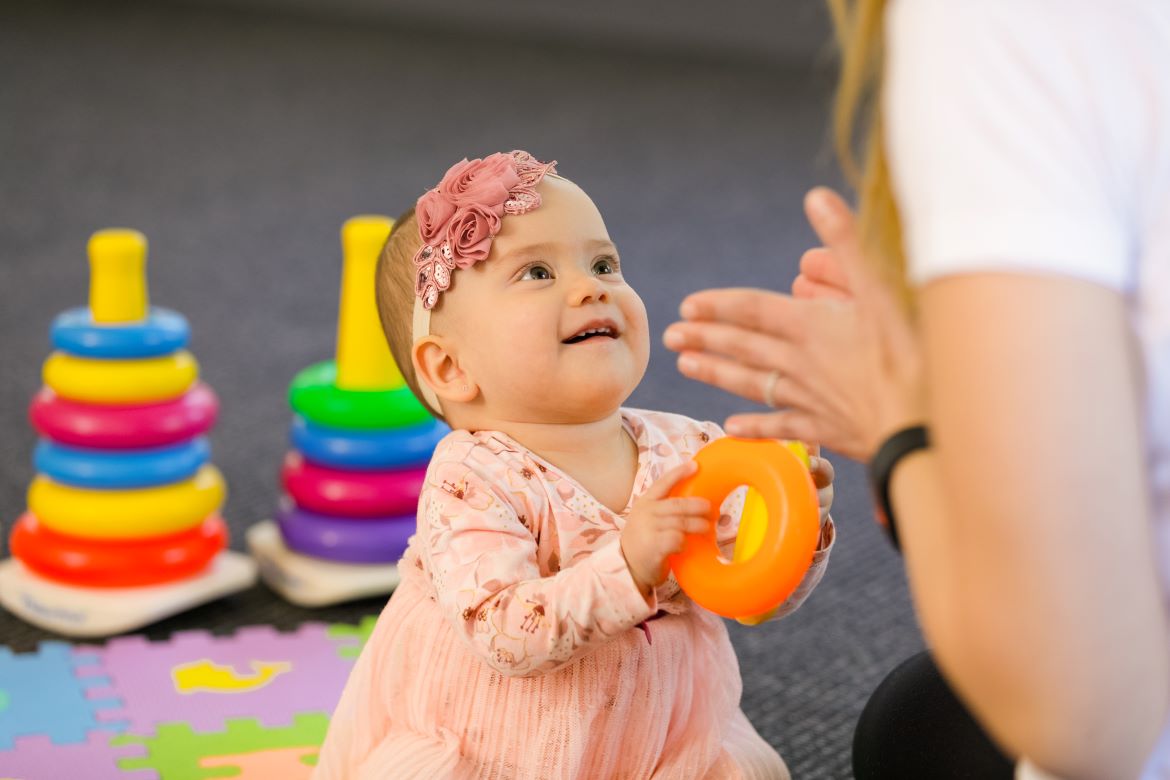Did you know that every child is born with a staggering 100 billion neurons in their brain? That’s a galaxy worth of nerve cells ready to start exchanging electrical impulses and creating neural pathways.
And it also means that the first five years of life are critical for neurological development. It’s during this time that the brain develops at rapid speed, making it ideal to harness neuroplasticity – the brain’s ability to grow, adapt and rewire.
For children with special needs, there is significant evidence to show early intervention, in the form of therapy or treatment, can maximise the brain’s ability to adapt and rewire itself by putting those billions of neurons to work in a way that results in the best possible outcomes for the child.
Dr Iona Novak, from Cerebral Palsy Alliance (CPA) Research Institute, shares her expertise on what neuroplasticity is, why it’s the secret ingredient in childhood development, and what parents can do to maximise their child’s neuroplasticity.
What is neuroplasticity?
Put simply, neuroplasticity is the brain’s ability to grow, change, rewire, relearn and strengthen important connections.
When the brain is injured, damaged neurons can cause disability. The good news is we know that when this happens, the brain will attempt to relearn how to do things by creating new pathways around an injury, allowing a healthy area of the brain to take over, or by strengthening an existing healthy connection.
For example, someone with damage to one part of the brain can often recover, because neuroplasticity will allow the healthy section to assume the role of the damaged section.
One way to harness neuroplasticity is through repetition, where the brain will create and reinforce new neural pathways to learn new skills, habits and ways of thinking by carrying out the same activity multiple times. Different methods and techniques can also be used to access particular parts of the brain that require strengthening.
For children with special needs, we also know they have the best chance of flourishing when the early intervention delivered uses the principles of neuroplasticity. These principles from researchers Kleim and Jones¹ can be applied at home by all parents, irrespective of a child’s condition or special needs:
- Use it or lose it: Children who do not regularly use and practise a skill can lose these skills and the brain function needed to perform the skill.
- Use it and improve it: Training or specific practice of a skill will enhance brain function.
- Get specific: Practising a skill must be very specific to induce plasticity. For example to learn to walk, the child must specifically practise walking, not just general movement skills.
- Repetition matters: Sufficient repetition is required to induce plasticity, refinement of the skill and memory for how to perform the skill.
- Intensity matters: Practising a skill must occur regularly to induce plasticity. The frequency of the practice is very important for infants, who tire easily.
- Time matters: Different forms of plasticity occur during different stages of learning. For example, learning new knowledge about a task, refining execution and making the skill automatic so you can do it without even thinking about it
- Motivation matters: If the tasks are motivating for the child, more plasticity occurs.
- Age matters: Plasticity occurs more readily in younger brains, as the younger brain is more open to possibilities.
- Transference: Practising a skill should occur in multiple environments, so that the child can learn to execute the task without you being present or with competing demands.
- Interference: Plasticity can be for good or bad. For example a bad habit is hard to break. It takes time and dedication to learn a new alternative habit.











